Understanding Physical Therapy in Stroke Rehabilitation
Stroke recovery is a complex journey that challenges survivors physically, emotionally, and cognitively. Physical therapy stands at the forefront of rehabilitation strategies, offering a path to regain mobility, strength, and independence. This article explores how physical therapy supports stroke recovery by detailing its goals, techniques, timing, benefits, and emerging innovations, providing a comprehensive overview for patients, families, and caregivers.
Goals and Importance of Physical Therapy in Stroke Recovery
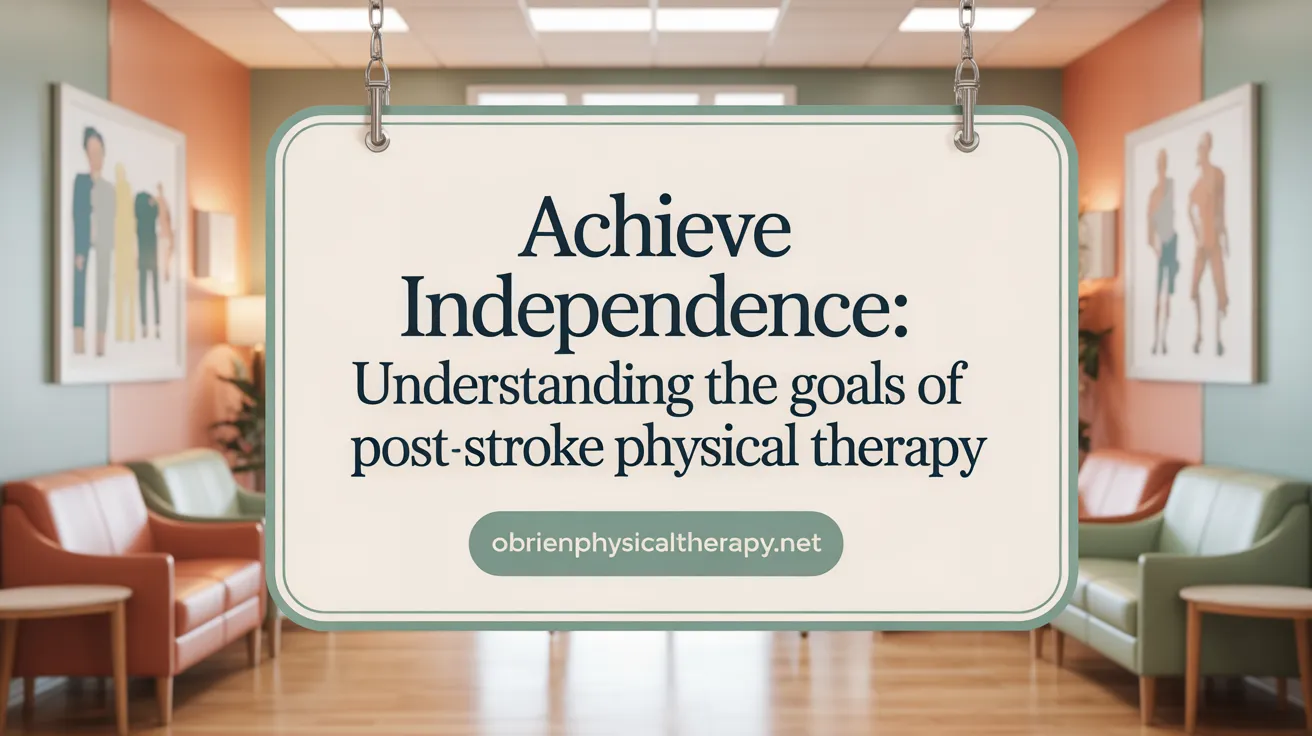
What are the goals of physical therapy for stroke patients?
The main aim of physical therapy for stroke survivors is to restore their mobility, strength, balance, and coordination. These improvements help patients regain independence in daily activities such as walking, dressing, bathing, and other routine tasks. Initiating therapy early is vital, as it encourages the brain to form new neural connections—an essential process known as neuroplasticity—facilitating recovery. Patients often receive personalized treatment plans that include exercises, balance and gait training, and motor skill practice to target specific impairments.
Physical therapy also works alongside occupational and speech therapy to address additional challenges, including speech, swallowing, and cognitive issues. The overall goal is to reduce disability, prevent secondary complications, and improve quality of life. Evidence-based interventions tailored to each patient's needs ensure progressive recovery, making physical therapy a cornerstone of post-stroke rehabilitation.
Early Intervention and Customized Rehabilitation Timing
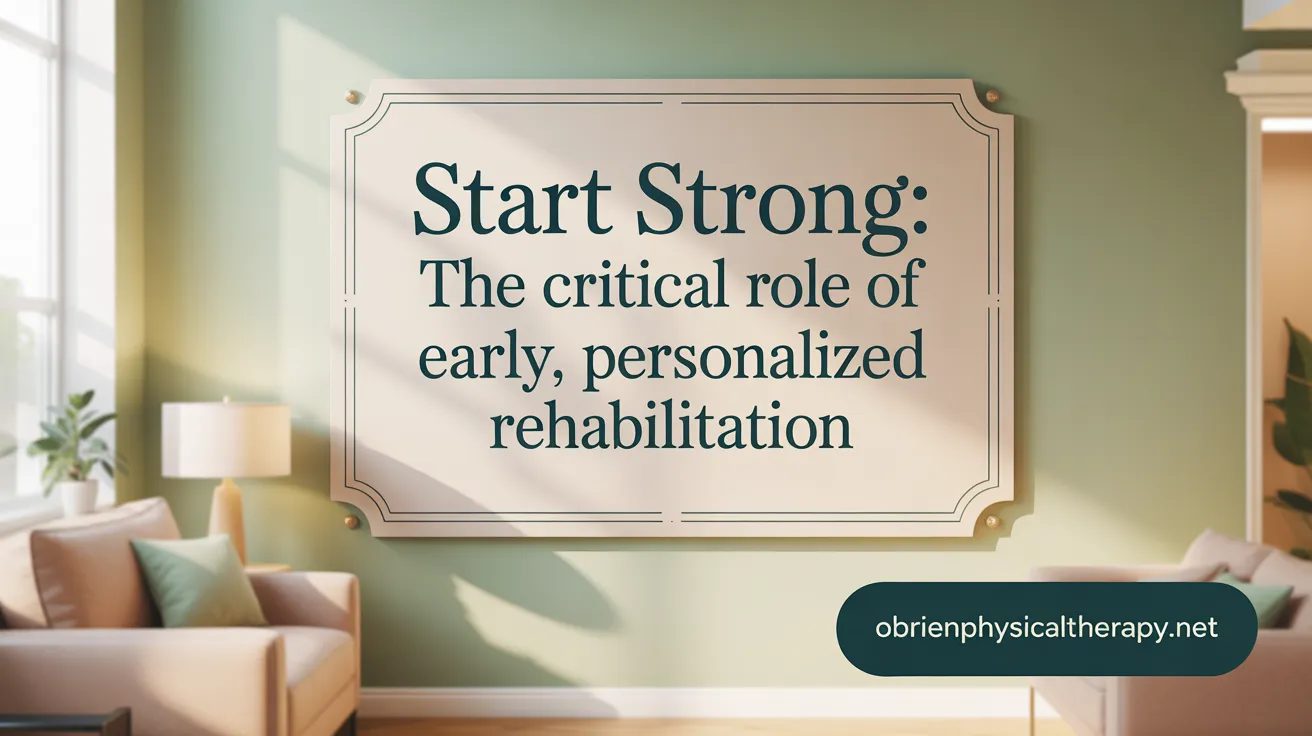 Why is early intervention and consistent therapy important in stroke rehabilitation?
Why is early intervention and consistent therapy important in stroke rehabilitation?
Initiating therapy soon after a stroke taps into the brain's natural ability to reorganize itself, known as neuroplasticity. During the early days and weeks following a stroke, the brain is most receptive to forming new neural connections, which are essential for regaining lost functions. Starting physical, speech, and occupational therapy within this window helps prevent secondary complications such as muscle weakness, joint stiffness, and pressure sores.
Early assessment and individualized treatment plans allow therapists to target specific deficits, whether in movement, speech, or cognition. This personalized approach enhances the chances of full recovery and faster restoration of independence. While aggressive early mobilization might carry some risks, moderation and careful management have shown to improve long-term outcomes, boost confidence, and improve overall quality of life.
Maintaining consistency through regular therapy sessions reinforces neural pathways during this critical period, making recovery more effective. In summary, early intervention combined with tailored, ongoing therapy significantly increases the likelihood of regaining mobility, speech, and daily functioning.
Techniques and Methods Employed in Post-Stroke Physical Therapy
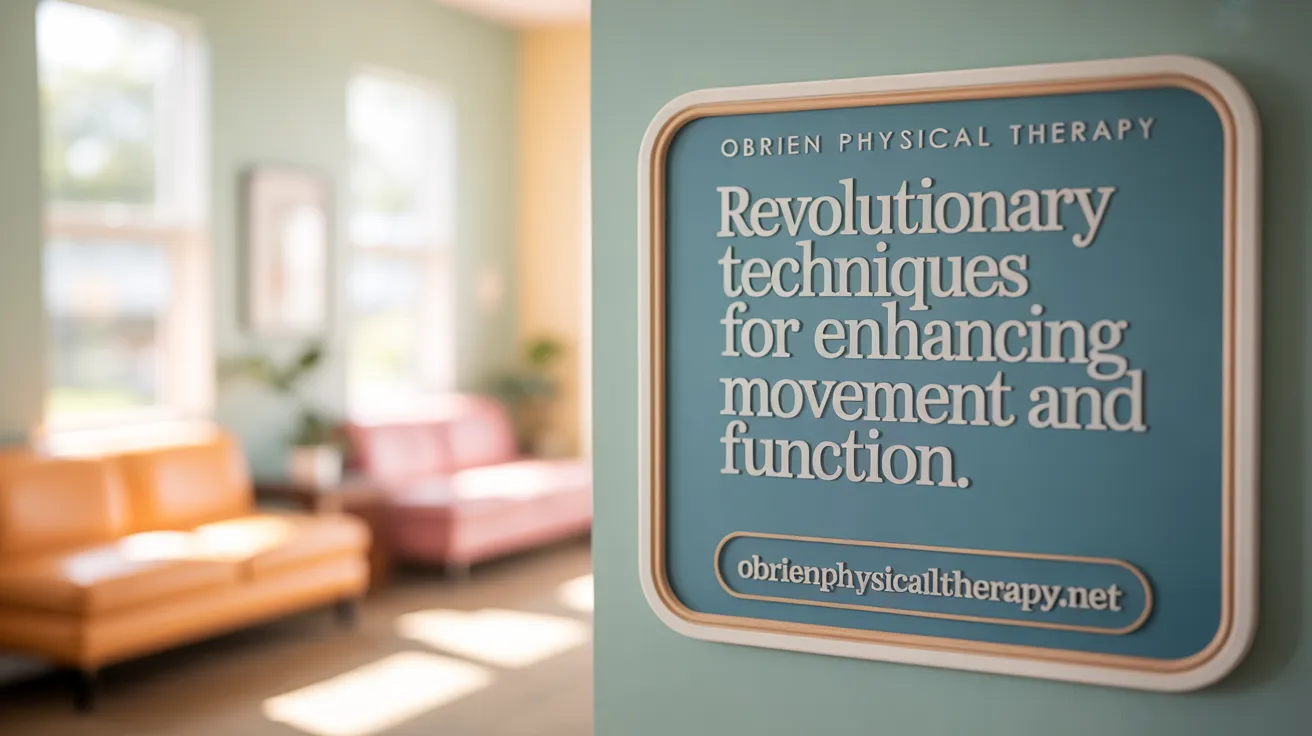
What are some common techniques and methods used in post-stroke physical therapy?
Post-stroke physical therapy incorporates a variety of techniques aimed at restoring movement, strength, and coordination. Common approaches include targeted exercises such as task-specific training, which involves practicing movements related to daily activities like walking, reaching, and standing. Gait training, often utilizing treadmills, overground practice, or robotic assistance, helps regain walking ability.
Therapists also employ neuromuscular re-education methods which may involve balance exercises, postural control activities, and use of assistive devices to enhance stability and prevent falls. Sensory discrimination activities and motor learning programs stimulate nerve reorganization and recovery.
In addition to conventional exercises, advanced tools like functional electrical stimulation, virtual reality, and biofeedback provide interactive and motivating environments for motor relearning. Constraint-induced movement therapy encourages use of the affected limbs by restricting movement of unaffected parts, promoting recovery.
Supportive therapies such as stretching, manual mobilization, and orthosis use help maintain joint flexibility and manage spasticity. Weight-shifting exercises and core stabilization activities promote better posture and balance.
The choice of specific techniques depends on the patient's stage of recovery, impairments, and personal goals. Focus remains on functional, task-oriented strategies that enable stroke survivors to regain independence and improve their quality of life.
Benefits, Outcomes, and Complication Prevention Through Physical Therapy
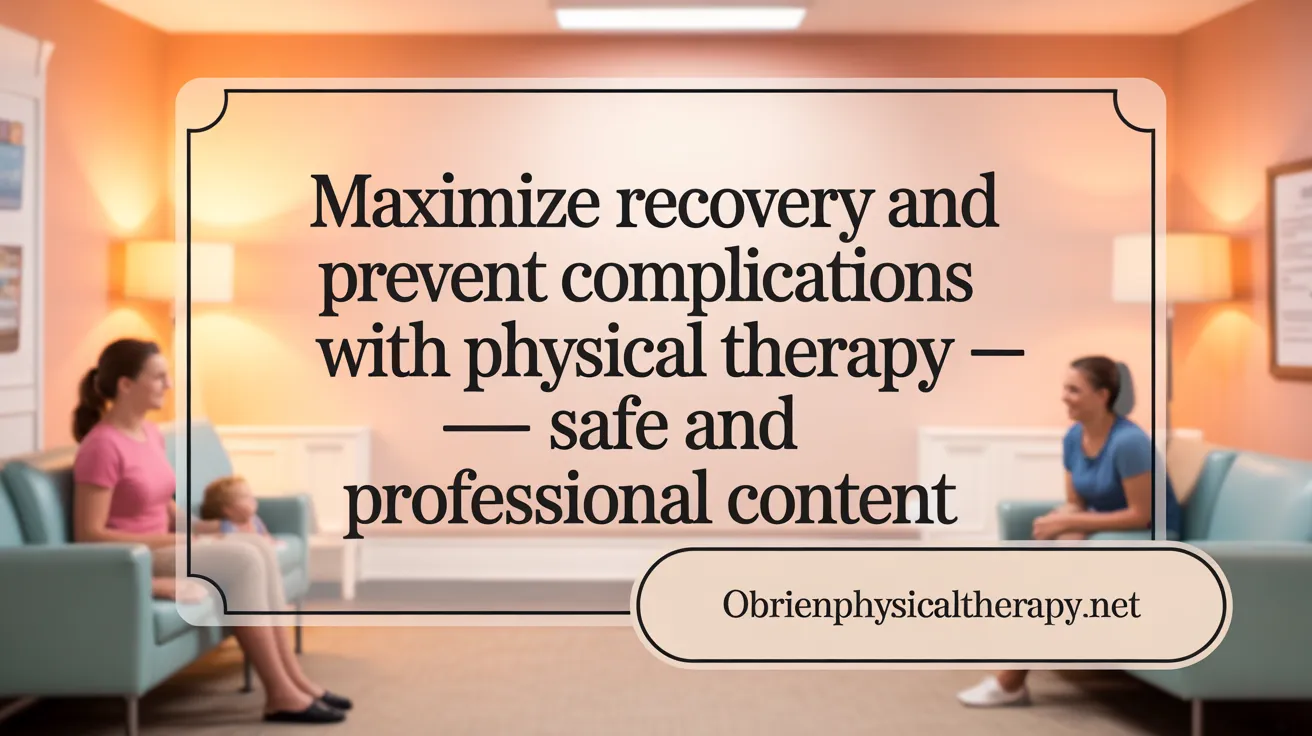
What are the benefits and outcomes of engaging in physical therapy after a stroke?
Participating in physical therapy after a stroke significantly enhances recovery by promoting functional improvements and increasing independence. It addresses not just physical impairments like muscle weakness, paralysis, and balance issues but also supports emotional well-being and cognitive health.
Therapies are tailored for each individual and are often delivered by a multidisciplinary team that includes physical therapists, occupational therapists, doctors, and support staff. These programs may take place in hospitals, clinics, or at home, depending on patient needs.
Early and intensive therapy leverages neuroplasticity—the brain’s ability to reorganize and form new neural connections. This process can lead to notable gains in mobility, strength, and coordination even months after stroke onset.
Beyond physical improvements, therapy fosters emotional recovery and confidence, helping patients reintegrate socially. The focus on retraining brains and muscles maximizes the chance for a meaningful return to daily life activities.
How can physical therapy prevent further complications following a stroke?
Physical therapy is vital for avoiding secondary health issues that can arise after a stroke. Regular mobility exercises, stretching, and manual therapy combat muscle stiffness, joint contractures, and pressure ulcers.
By encouraging movement, good circulation is maintained, which is essential in preventing blood clots and muscle atrophy. Early mobilization reduces the risk of postoperative complications like pneumonia or deep vein thrombosis.
Moreover, balance and gait training are crucial for fall prevention, a common concern among stroke survivors. Proper use of assistive devices and task-specific movements help rebuild confidence and stability.
In summary, physical therapy not only restores lost physical functions but also creates a foundation for long-term health by preventing additional disabilities, improving safety, and promoting overall quality of life. Its proactive approach ensures that stroke survivors recover more completely and reduce the likelihood of future setbacks.
Innovations and Educational Insights in Stroke Rehabilitation
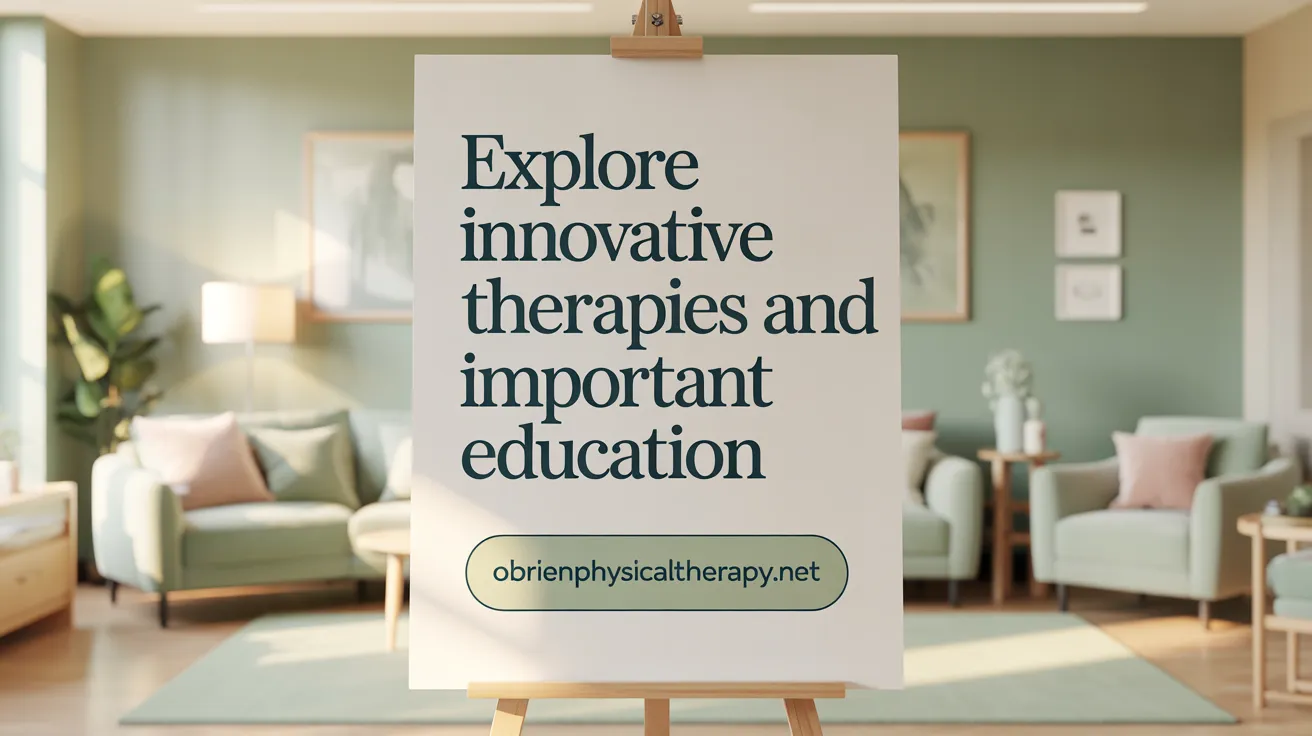
What educational information should patients and families know about stroke effects and recovery processes?
Patients and their families need a clear understanding that stroke can impact many aspects beyond physical movement, including cognition, speech, emotional health, and daily functioning. Recovery is usually a gradual process that involves various therapies tailored to individual needs. Early initiation of rehabilitation, ideally within the first few days after the stroke, greatly improves long-term outcomes.
Educational efforts should cover how strokes are caused by interrupted blood supply leading to brain cell damage. Families should learn about managing risk factors like high blood pressure, diabetes, and lifestyle choices to prevent recurrence. It is also vital to understand the importance of medication adherence, lifestyle changes, and ongoing therapy involvement.
Teaching caregivers practical skills for safe mobility, medication management, and emotional support can help them assist effectively. Resources like patient support groups, informational brochures, and community programs are valuable. Consistent, culturally sensitive education from healthcare teams supports better self-management, resilience, and independence for stroke survivors.
What innovative or specialized therapies are used in stroke rehabilitation?
Recent advances have introduced several specialized therapies designed to enhance recovery. Neuromodulation techniques such as vagus nerve stimulation (VNS), transcranial magnetic stimulation (TMS), and transcranial direct current stimulation (tDCS) target brain plasticity to boost neural rewiring.
Robotics and virtual reality are increasingly used to create engaging, repetitive, task-specific exercises that promote motor relearning. Devices like exoskeletons and wearable technology assist patients with walking and limb movement retraining, often improving motivation and engagement.
Emerging biological therapies include stem cell treatments aimed at repairing damaged neural tissue. Neuroprostheses and brain-computer interfaces help restore motor functions by decoding brain signals and controlling external devices.
Integrating these innovative approaches with traditional rehabilitation enhances the potential for recovery. As technology advances, personalized programs using AI and data-driven adjustments are becoming part of comprehensive stroke care.
| Therapy Type | Description | Main Benefits |
|---|---|---|
| Vagus Nerve Stimulation (VNS) | Electrical stimulation of the vagus nerve to enhance neuroplasticity | Improves motor recovery and learning |
| Robotic-Assisted Therapy | Use of robots or exoskeletons for movement retraining | Increases repetitions, engagement |
| Virtual Reality (VR) | Computer-generated immersive environments for motor practice | Enhances motivation and neuroplasticity |
| Stem Cell Therapy | Biological treatments aimed at regenerating neural tissue | Potential to repair brain damage |
| Brain-Computer Interfaces (BCIs) | Devices decode brain signals to control external assistive tools | Restores movement and communication skills |
In conclusion, the integration of these exciting therapies signifies a new era in stroke rehabilitation, offering hope for improved functional outcomes and quality of life.
Maximizing Recovery Through Physical Therapy and Support
Physical therapy is a cornerstone of effective stroke rehabilitation, offering structured, evidence-based approaches to help survivors regain strength, mobility, and independence. Early initiation and consistent therapy are essential to harness neuroplasticity and prevent complications, while personalized treatment plans ensure that rehabilitation addresses the unique challenges faced by each individual. Advances in innovative therapies and technology complement traditional methods, enhancing recovery potential. Educating patients and families about stroke effects, recovery expectations, and prevention empowers them to participate actively in the process. By integrating multidisciplinary care, promoting functional gains, and supporting emotional well-being, physical therapy helps stroke survivors reclaim their quality of life and return confidently to daily activities.
References
- A Comprehensive Review of Physical Therapy Interventions for ...
- Recovery From a Stroke: 9 Benefits of Physical Therapy | Choose PT
- The Role of Physical Therapy in Rehabilitation for Stroke Patients
- Physical Therapy for Stroke Patients: Benefits, Techniques, More
- Stroke Rehabilitation & Physical Therapy | Aurora Health Care
- Using Physical Therapy to Regain Strength after a Stroke
- Stroke: Physiotherapy Treatment Approaches - Physiopedia
